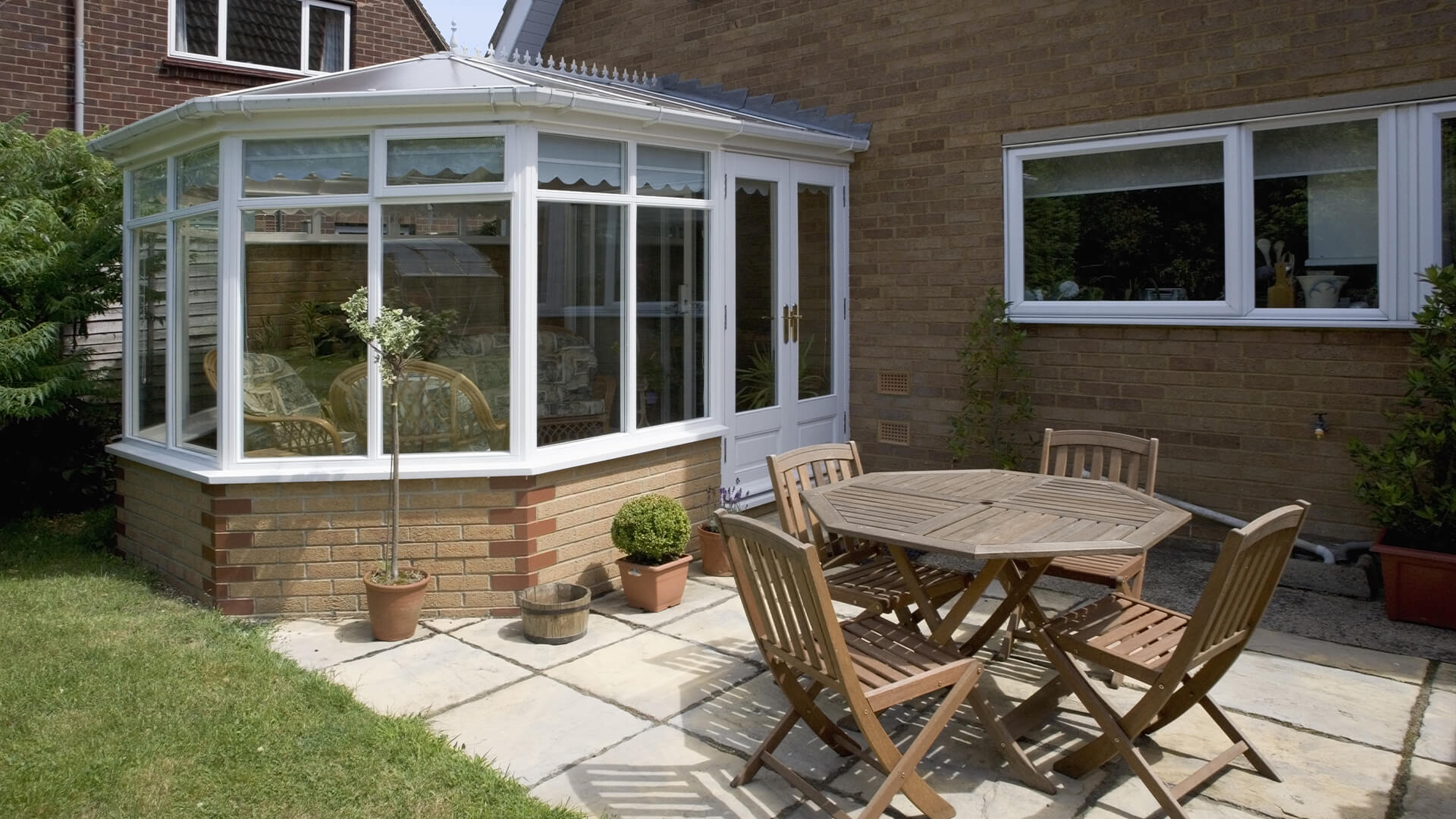By Matthew Currington, Technical Director, The Lighting Superstore.
Over recent months, it’s become evident the need for more living space in homes is rising and one of the most cost-effective ways to extend a home is by building a conservatory.
Not only are they cheaper and quicker than full-blown extensions, these lifestyle-enhancing spaces can add value to a property.
To get the most from a conservatory, Matthew Currington, Technical Director at The Lighting Superstore has a put together a helpful guide when thinking of adding a conservatory to your property.
Asking for permission
Generally speaking, you don’t need planning permission when adding a conservatory as they are considered a permitted development.
However, it does need to meet certain regulations, otherwise you might be fined and your conservatory altered or demolished.
It’s exempt from planning rules as long as it’s no more than 4m high and lower than the highest part of the existing roof, covers no more than 50 percent of the land around the ‘original house’ and glazed with an external door linking your house and conservatory.
If it doesn’t adhere to these requirements, planning permission may apply. If you’re still worried, registered installers have extensive experience dealing with planning permissions, so can deal with this on your behalf.
Area’s climate
You want your conservatory to be usable whatever the weather, so make sure you take into consideration the temperature throughout the year and where the conservatory faces.
Any structure north-facing will be cooler as it receives less direct sunlight. This means it won’t overheat on warm days but will need insulation and heating to make it cosy in winter.
A south-facing conservatory will bask in direct sunlight for most of the day. So it’s ideal for winter sun but in the summer in may become uncomfortably warm, so plan for plenty of ventilation to allow fresh air to flow.
365 days
If you do want to use your conservatory all year round, it’s worth ensuring it’s properly insulated, so you don’t lose the heat in the winter. Install blinds and curtains to keep the temperature consistent.
Blinds can help block out sunlight in summer and prevent temperatures soaring and thermal curtains can keep additional heat in the winter.
Using radiators can ensure the room is properly heated, but a small electric heater can do the trick as well, if you have a smaller budget.
Ventilation is also an important factor to consider. You need to be sure your conservatory will let in fresh air and avoid condensation.
Design flow
Just like with the rest of your home, you want to ensure your conservatory is nicely decorated and doesn’t stick out like a sore thumb.
Whether you’re looking to use it as a dining room or an additional living space, the space should be relaxing while surrounded by colours and objects you love.
Treat it like any other part of your home by adorning it with artwork, throws, cushions and lighting.
Although conservatory’s let in a huge amount of natural light, to ensure it’s suitable for both night and day, conservatory lighting needs to be functional, beautiful and supportive to its surroundings. Look to include floor and table lamps that compliment your conservatory like the Pyramid Table and Floor Lamp.
Maintenance matters
You will need to clean your conservatory regularly to prevent moss and algae build up.
It’s always best to clean little and often as a large-scale cleaning operation can be time-consuming.
Most conservatories can be wiped down with warm soapy water, steering clear of abrasive chemicals. Make sure to keep gutters free-running as clogged gutters are more easily damaged – which can lead to leaks – and cleaning windows.
It might be worth looking into surface modified glass such as self-cleaning glass. This can reduce the need for cleaning the external hard-to-reach areas.
































